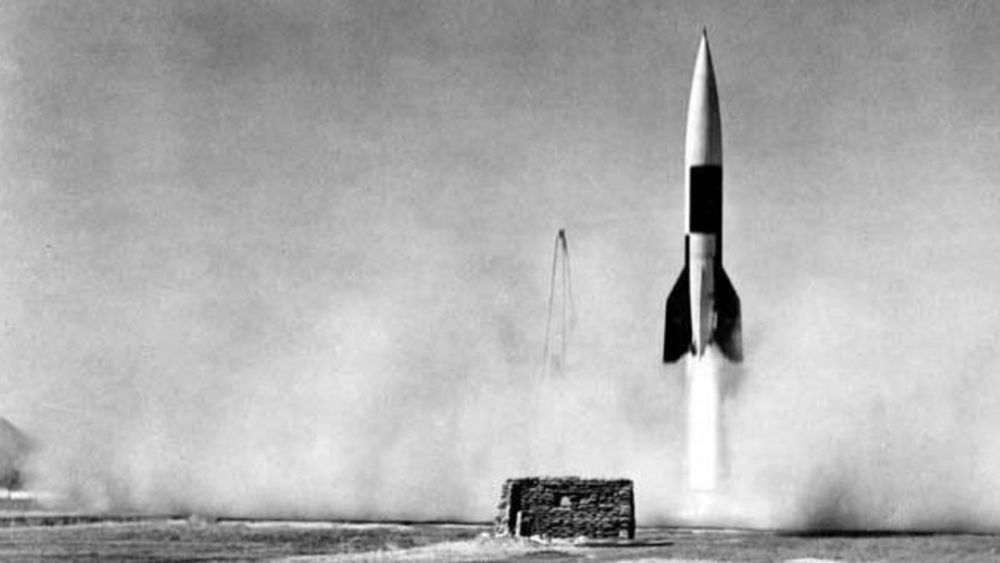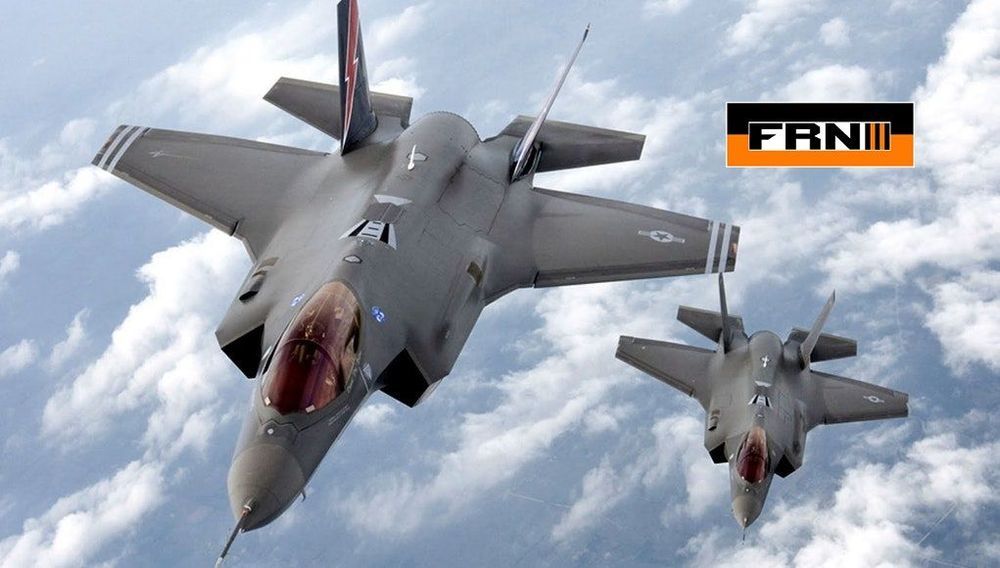
WASHINGTON, D.C. – Although hypersonic weapons might seem like relative newcomers, known advantages of these weapons are both self-evident and multi-faceted as they can be fired from much greater stand-off ranges while having vastly increased ability to defeat, circumvent or simply destroy enemy air and ballistic missile defenses.
USAF Research Laboratory is working round-the-clock on hypersonic weapons designed to come in the next 10–15 years, in order to “expand USAF’s mission options” in the next decades, as an increasingly contested airspace is emerging, limiting US strike capabilities.
The Pentagon has been aggressively pushing for hypersonic weapons development, especially after Russian advances in this field have left the US trailing behind. Given the implications associated with firing weapons able to travel at over five-times the speed of sound, a number of programs have been underway (reportedly, there are up to 8 US hypersonic programs currently underway).

















